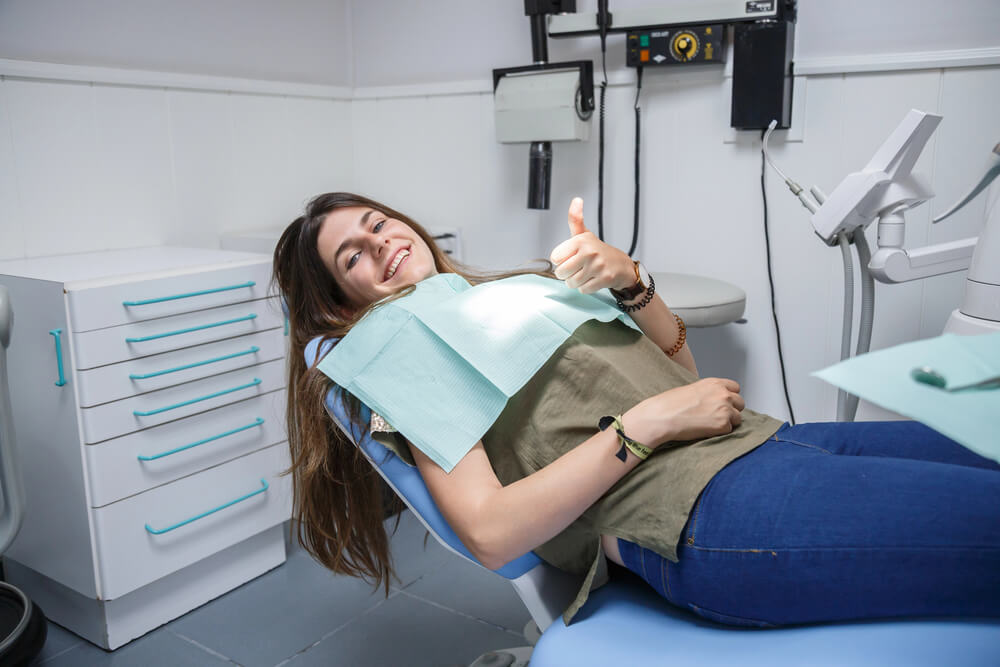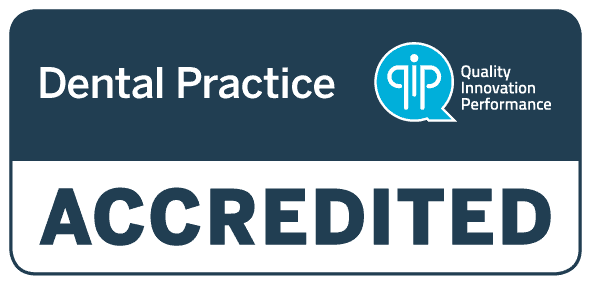When considering Invisalign versus braces, the choice hinges on factors like treatment duration, aesthetics, comfort, oral hygiene, maintenance, effectiveness, and personal suitability. Invisalign often takes 12-18 months, shorter than braces’ 18-36 months. Clear and removable Invisalign aligners appeal to adults for discreet treatment. Invisalign is more comfortable, offers convenience, and aids in better oral hygiene.
Both methods are effective, but Invisalign may show faster results and is less noticeable. Complex cases benefit more from traditional braces. Cost and treatment specifics may also influence the decision. Each option has unique advantages tailored to individual needs.
Invisalign vs. Braces: Quick Comparison
| Features | Invisalign | Braces |
|---|---|---|
| Appearance | Clear aligners (virtually invisible) | Brackets and wires (noticeable) |
| Comfort level | More comfortable | Can cause discomfort |
| Patient compliance | More responsibility required | Less responsibility required |
| Dental care | Easier | More difficult |
| Overall effectiveness | Effective for most cases | Effective for most cases |
| Treatment duration | Varies (12-18 months) | Varies (6 months-5 years) |
| Cost | Varies ($3,000-$7,000) | Varies ($3,000-$7,000) |
Invisalign is a better option for those who want a discreet option and are responsible with wearing aligners. Braces are better for complex dental issues or for those who might not be compliant with removable aligners. Ultimately, consulting with an orthodontist is the best way to determine whether Invisalign or Braces is right for you.
Treatment Duration
One significant factor to consider when comparing Invisalign and traditional braces is the difference in treatment duration. In general, Invisalign treatment tends to be shorter than traditional braces. The average treatment time for Invisalign ranges from 12 to 18 months, depending on the complexity of the case and the patient’s adherence to wearing the aligners for the recommended 20-22 hours per day. Traditional braces typically require an average treatment time of 18 to 36 months.
The shorter treatment duration of Invisalign may be particularly appealing for adults seeking orthodontic treatment. The convenience of Invisalign aligners, which are removable for eating and oral hygiene, can contribute to better oral health during treatment. Regular consultations with an orthodontist and diligent aligner cleaning are essential to ensure the effectiveness of Invisalign treatment and maintain good oral health throughout the process. Ultimately, the shorter treatment duration of Invisalign can be a significant factor for individuals considering orthodontic treatment.
Aesthetics and Visibility
Comparing Invisalign and traditional braces extends beyond treatment duration to consider aesthetics and visibility in orthodontic treatment methods. Aesthetics play a significant role in orthodontic care as they impact individuals’ overall appearance during their treatment journey. In this context, Invisalign aligners offer a more aesthetically pleasing option compared to traditional braces. The clear, nearly invisible aligners of Invisalign provide a discreet way to straighten teeth, making them a popular choice for people concerned about the appearance of traditional metal braces.
The visibility of orthodontic appliances is a crucial factor for many patients, especially adults and professionals, who wish to maintain a polished look. Invisalign aligners are designed to be nearly invisible, allowing patients to feel more confident about their smiles throughout the treatment process. This feature also benefits the orthodontic team, as they can easily monitor the progress without the need for highly visible metal brackets and wires. The discreet nature of Invisalign aligners positively impacts how people look and feel, both around their team and the people in their lives.
Comfort and Convenience
Regarding comfort and convenience in orthodontic treatment options, the experience of wearing Invisalign aligners differs significantly from that of traditional braces.
Invisalign aligners are made of smooth plastic, making them more comfortable to wear than braces, which can sometimes cause irritation and discomfort due to the metal wires and brackets. Additionally, Invisalign aligners are removable, providing more convenience when eating, brushing, and flossing compared to braces, which are fixed onto the teeth.
The convenience of removing the aligners also allows for better oral hygiene care, as there are no brackets or wires to navigate around during cleaning. Furthermore, Invisalign’s clear plastic makes them barely visible, offering a more aesthetically pleasing option for those who may be self-conscious about wearing traditional braces.
Patients will need to visit their orthodontist regularly to ensure the aligners are correctly tracking the alignment progress, but overall, the comfort and convenience of Invisalign aligners make them a popular choice for many individuals seeking orthodontic treatment.
Oral Hygiene and Maintenance
Proper oral hygiene and maintenance are crucial when undergoing orthodontic treatment with Invisalign aligners. With Invisalign, good oral hygiene practices are essential to prevent issues like cavities or gum disease. Patients should brush their teeth after every meal and before reinserting the aligner trays. Flossing is also vital to remove any food particles trapped between teeth that could lead to decay. Regular visits to the dentist for cleanings and check-ups are necessary to ensure the teeth and gums stay healthy throughout the straightening process.
In addition to professional dental care, self-care at home is equally important. Patients should follow the orthodontist’s instructions on properly cleaning the Invisalign trays. This includes using the recommended cleaning solutions or kits to keep the aligners clear and free from bacteria. By maintaining good oral hygiene practices and staying consistent with maintenance routines, patients can achieve a straighter smile with Invisalign aligners while keeping their teeth and gums healthy.
Treatment Effectiveness
When evaluating the efficacy of orthodontic treatment, the effectiveness of both Invisalign aligners and traditional braces in achieving desired outcomes is a key consideration. Both treatments are effective in straightening crooked teeth and addressing alignment issues.
Here are three key points to consider when comparing the treatment effectiveness of Invisalign and braces:
- Results: Invisalign and braces deliver excellent results in aligning teeth, but due to its innovative technology, Invisalign tends to provide slightly faster results in some cases.
- Benefits: While traditional braces are highly effective, Invisalign offers the benefit of being virtually invisible, making it a popular choice for those who prefer a more discreet orthodontic treatment.
- Years of Treatment: The average treatment time for Invisalign is usually shorter than that of traditional braces. Invisalign treatment typically ranges from 6 months to 18 months, whereas braces might need to be worn for 2-3 years in some cases.
Suitability of These Treatments
Assessing the individual’s lifestyle and preferences is crucial when considering Invisalign versus traditional braces in determining the most suitable orthodontic treatment.
Braces are fixed onto the teeth and cannot be removed by the wearer, requiring regular adjustments by an orthodontist. In contrast, Invisalign aligners are removable, allowing for more flexibility in terms of eating, brushing, and flossing. This makes Invisalign a popular choice for those who prefer a less noticeable treatment option. However, the decision between braces and Invisalign also depends on the severity of the orthodontic issues, as braces are typically more effective for complex tooth movements.
Moreover, the cost can be a deciding factor for many individuals. Braces are more cost-effective than Invisalign, which is often seen as a premium treatment option. Ultimately, the suitability of braces or Invisalign comes down to a combination of factors, including lifestyle, preferences, tooth alignment needs, willingness to wear and remove the treatment, and the financial aspect of the decision.
Final Thoughts on Invisalign vs. Braces
The choice between Invisalign and braces ultimately depends on individual preferences and treatment needs.
While Invisalign offers a more discreet and comfortable option, braces may be more effective in certain cases.
Both treatments have advantages and disadvantages, and it is important to consult a dental professional to determine which is most suitable.
Ultimately, the decision should be based on the anachronism of balancing aesthetics, convenience, and effectiveness for optimal treatment outcomes.
For personalised advice on whether Invisalign or braces is the right choice for you, contact Wollongong Dentist 4 U today. Our experienced dentists at Wollongong can assess your needs and provide expert guidance to help you achieve a beautiful smile. Don’t hesitate to reach out and take the first step towards straighter teeth and improved oral health.



